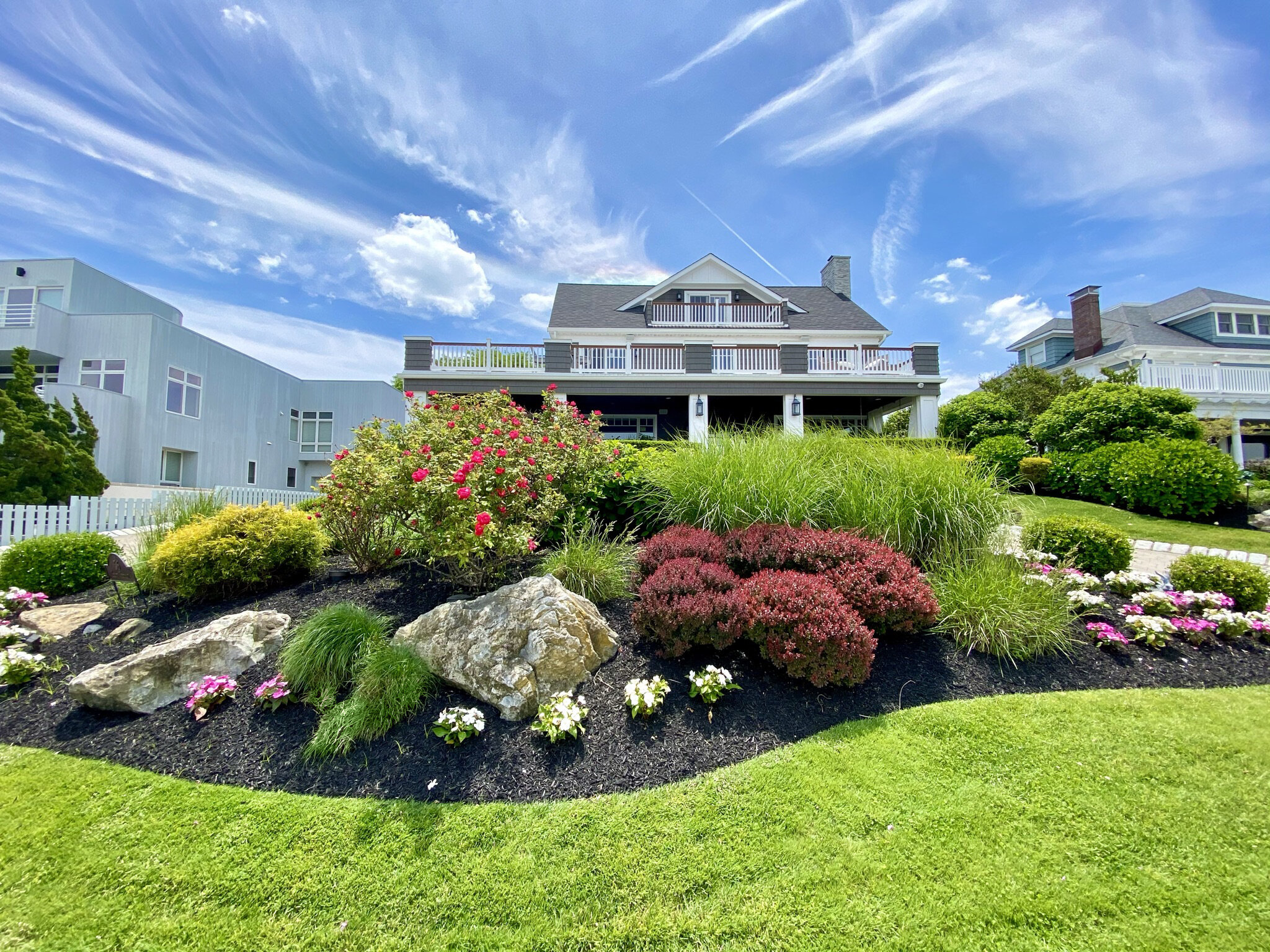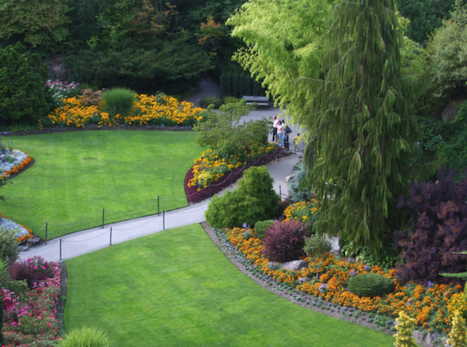Elevate Your Property's Aesthetic With Lasting Landscaping Designs and Eco-Friendly Practices

Advantages of Lasting Landscaping
Implementing sustainable landscape design practices not just saves natural deposits but additionally promotes biodiversity and enhances general environmental health. By selecting green landscape design techniques, homeowner can reap a wide variety of advantages that extend past simply visual charm. One considerable benefit is the decrease of water usage with making use of drought-resistant plants, rainfall yards, and reliable watering systems. This not only reduces utility costs but likewise contributes to water conservation efforts in the area.
In addition, sustainable landscape design can boost soil health by reducing making use of chemical plant foods and chemicals, consequently producing a much healthier atmosphere for plant development and advantageous dirt organisms. This, consequently, improves the general strength of the landscape to hold up against environmental stressors and environment adjustment impacts - bush removal Jacksonville. Additionally, sustainable landscaping techniques can attract varied wildlife, consisting of pollinators like butterflies and , promoting an extra balanced and dynamic community within the residential or commercial property
Incorporating Indigenous Plants
To build on the benefits of lasting landscape design, a strategic focus on integrating native plants can even more boost eco-friendly strength and advertise biodiversity within the landscape. Native plants are varieties that normally occur in a specific area and have evolved to flourish in the local environment, soil problems, and ecological community. By consisting of indigenous plants in landscape design layouts, building proprietors can decrease water use, reduce the requirement for chemical pesticides and fertilizers, and sustain the neighborhood wildlife populace.
Integrating indigenous plants likewise assists in maintaining the special personality and identification of an area's flora. These plants often call for much less upkeep as soon as developed, making them a sustainable and cost-efficient landscape design remedy over time. Furthermore, indigenous plants can bring in native pollinators like butterflies and , contributing to the general wellness of the ecological community.
When choosing native plants for landscaping jobs, it is important to pick types that are well-suited to the certain environmental conditions of the site. Consulting with local baby rooms or botanical yards can offer valuable assistance on choosing the appropriate indigenous plants for a particular location. By integrating native plants right into landscape design styles, homeowner can produce beautiful, sustainable exterior areas that benefit both the community and the atmosphere.

Water Preservation Methods
Reliable watering methods play learn the facts here now a critical duty in sustainable landscape design techniques, making certain optimum water conservation efforts in outside areas. Trickle irrigation supplies water straight to the roots of plants, lessening dissipation and drainage.
In enhancement to advanced irrigation approaches, xeriscaping is another water-saving landscaping method that concentrates on this post using drought-resistant plants, mulch, and reliable irrigation to create a low-water landscape design - landscaping company Jacksonville. By choosing native plants that are fit to the local environment and soil problems, residential or commercial property owners can reduce the need for too much watering, inevitably preserving water and promoting a lasting outside atmosphere
Eco-Friendly Hardscaping Concepts
Enhancing outdoor areas with eco-friendly hardscaping functions can contribute considerably to lasting landscape design methods. When taking into consideration hardscaping elements, choose products like redeemed timber, recycled concrete, or all-natural stone to minimize ecological influence. These materials not only include an unique visual interest your outdoor room yet also reduce the demand for brand-new resources removal.
Carrying out permeable leading alternatives such as crushed rock or permeable concrete can help in reducing water runoff and promote groundwater recharge. These choices enable rainwater to permeate right into the ground, protecting against erosion and decreasing the concern on stormwater systems.
Incorporating native plants right into hardscaping designs can additionally boost eco-friendliness by supporting local wild animals and reducing the need for extreme watering or chemical treatments. By including vertical gardens or environment-friendly wall surfaces, you can present much more greenery right into metropolitan setups, improving air high quality and biodiversity.
Integrating energy-efficient lighting, such as solar-powered LEDs, right into hardscaping designs can decrease electrical power usage and reduced your property's carbon footprint. Focusing on green hardscaping concepts not only boosts the beauty of your outside room however also shows a dedication to ecological stewardship.
Upkeep Tips for Lasting Landscapes

Consistently prune plants to promote healthy development and prevent overgrowth that can bring about pest illness or infestations. Use organic fertilizers to nourish the soil and plants without damaging chemicals that can seep into the atmosphere. For hardscaping elements, such content as permeable pavers or rock paths, consistently tidy them to avoid debris buildup and keep their performance. By staying aggressive with upkeep tasks, you can maintain the appeal and sustainability of your landscape for years to find.
Final Thought
Finally, lasting landscaping practices supply various benefits for homeowner, from boosting the aesthetic appeal of the surroundings to advertising ecological preservation. By incorporating native plants, executing water preservation methods, and utilizing eco-friendly hardscaping concepts, home proprietors can create beautiful landscapes that are also eco responsible. With correct maintenance, lasting landscapes can contribute and flourish to a healthier ecosystem for both people and wild animals.
Moreover, sustainable landscape design can enhance soil health by lessening the use of chemical fertilizers and pesticides, thereby creating a much healthier atmosphere for plant development and helpful dirt organisms.To develop upon the benefits of sustainable landscape design, a tactical emphasis on incorporating native plants can better boost eco-friendly strength and promote biodiversity within the landscape. By including indigenous plants in landscaping designs, property owners can decrease water usage, decrease the need for chemical pesticides and plant foods, and sustain the neighborhood wild animals population.
These plants often require less upkeep as soon as established, making them a lasting and cost-efficient landscaping service in the long run. By integrating indigenous plants right into landscaping layouts, residential or commercial property owners can produce stunning, sustainable outdoor spaces that profit both the atmosphere and the community.